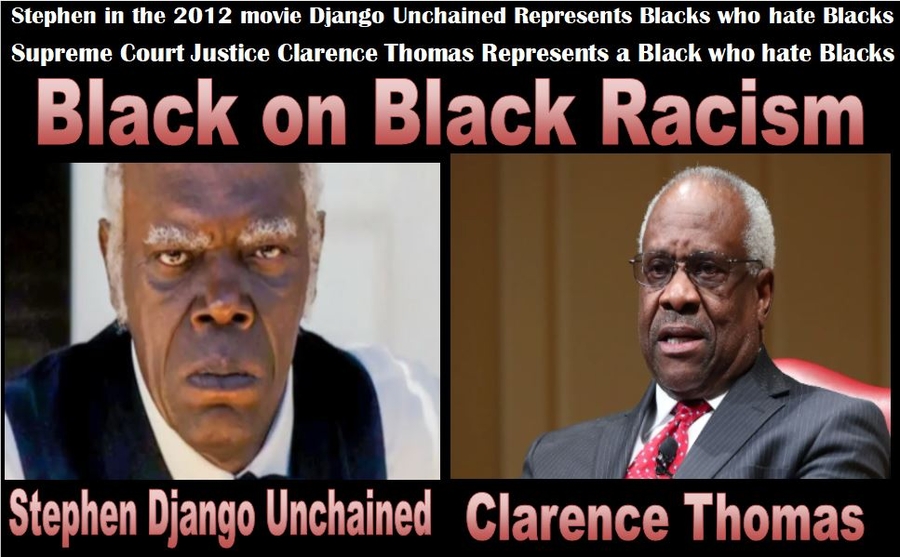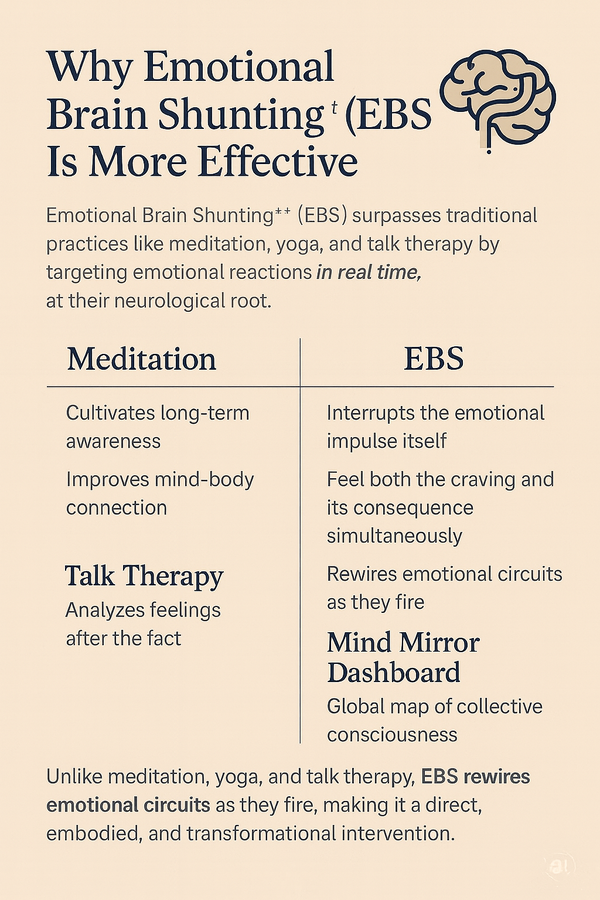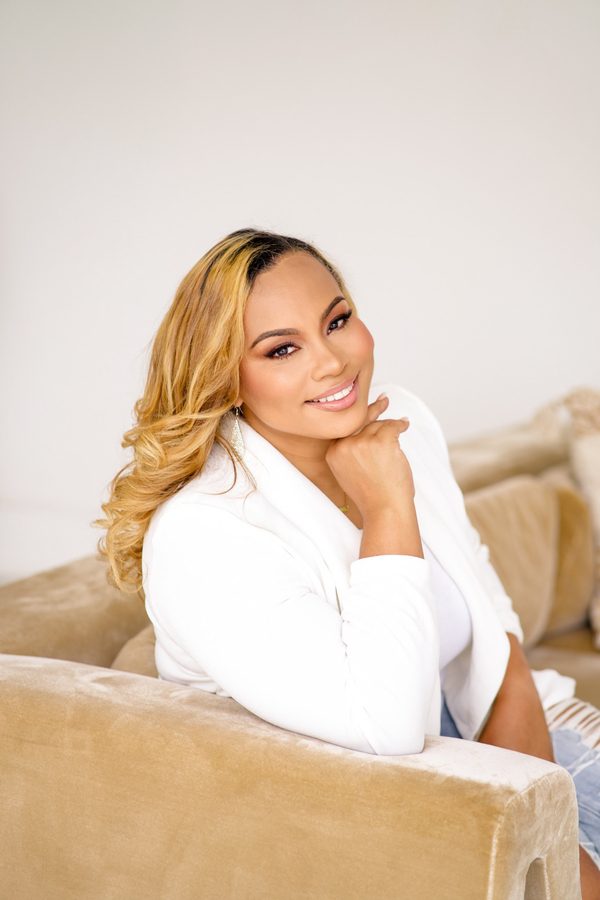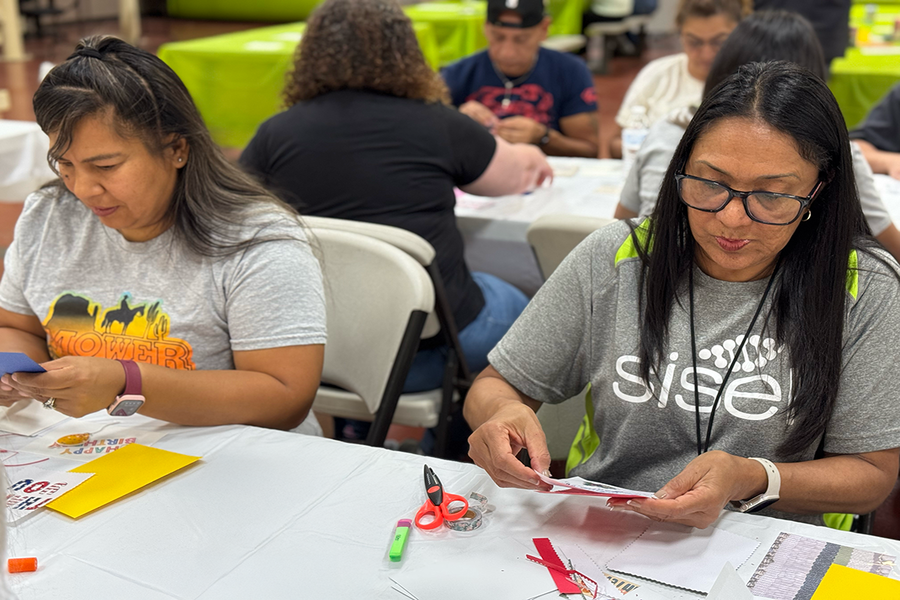Memphis Black Historian Anthony Amp Elmore uncovers the truth: Orange Mound was built by 2 Black churches in 1879 & not a white developer. His film challenges Memphis’s racist erasure & honors the legacy of America’s 1st post-slavery Black community
MEMPHIS, TN, August 07, 2025 /24-7PressRelease/ — Before we get into reading this story; Anthony “Amp” Elmore is a Memphis five time World Kickboxing Champion, who is also Memphis 1st Independent 35mm Theatrical filmmaker. The City of Memphis used White Supremacy, Racism and Black on Black Racism to erase Anthony “Amp” Elmore’s Film history. Elmore’s 1988 film “The Contemporary Gladiator” is the 1st Kickboxing film in World Film history. This film although a Memphis film produced in “Orange Mound” in Memphis this film is not acknowledged in Memphis.
The White lead Memphis Shelby County Film Commissioner Linn Sitler and the White lead Shelby County Historical Commission could not stomach the fact that Anthony “Amp” Elmore an African American wrote, produced, directed, help edit & Score and starred in Memphis 1st Independent 35mm Theatrical film titled “The Contemporary Gladiator.” Anthony “Amp” Elmore’s film is a 1988 film release just look it up. The film is erased from Memphis History.
The White lead Film and Historical Commission’s installed a Historical marker on the corner of G.E. Patterson and Main Street naming the White produced 1989 film “Mystery Train” as Memphis 1st Independent 35mm Theatrical Film. The Historical marker is a rock throw away from the National Civil Rights Museum where Dr. Martin Luther King Jr. was killed fighting for justice whereas Black Memphis leaders are silent regarding Whites in Memphis erasing “Black Memphis History regarding film.
Click here to see the August 3, 2025 documentary film Elmore published to “You Tube” Titled: MT Moriah & MT Pisgah Churches Unmasking True Black Founders Orange Mound Community in Memphis 1879. Elmore presents documentary evidence of Memphis “Black on Black Racism. Anthony “Amp” Elmore a filmmaker produced a 25 minute video that tell this story. Please view the attached You Tube Video.
It was from January 23, 1977 to January 30, 1977 that the ABC aired the miniseries “Roots.” The miniseries was based on the saga of an American Black family. The movie told the story of the African Mandinka Kunta Kinta’s captured in Gambia as a teen and sold into slavery in America.
The saga ends with “Chicken George” an ancestor moving his family to Henning, Tennessee. Henning, Tennessee is only 47 miles from Memphis. The wife of Chicken George in Alex Haley’s book “Roots” and its adaptations was named Matilda. The story depicts the family settling in Henning, Tennessee after the Civil War and founding the New Hope Church there.
The birth of Black communities in post–Civil War America was rooted in one central institution: “The Black church.” Emerging from the ashes of slavery, “The Black church” became the first and most vital space where African Americans could gather, organize, and express themselves freely. In a society still hostile to their freedom, “The Black church” offered sanctuary—a place where Black people could operate with relative impunity, shielded from the surveillance and control of white supremacy.
But “The Black Church” was far more than a spiritual refuge. “The Black church” was a **multifunctional institution**, serving as a schoolhouse, a political forum, a cultural center, and a hub for social services. It was where newly freed Black men and women learned to read, where leaders were elected, where music and oral history were preserved, and where strategies for survival and resistance were born.
In the absence of access to formal institutions, “The Black church” became the **de facto government** of Black life. It hosted meetings, weddings, funerals, and educational programs. “The Black Church” nurtured the first generation of Black teachers, preachers, and activists. It was the birthplace of movements—from Reconstruction organizing to civil rights resistance. “The Black church” was also a space of joy and creativity, where gospel music flourished, where dramas were staged, and where community celebrations took place. In short, “The Black church” was the **first autonomous institution** built and controlled by African Americans after slavery, and “The Black Church” laid the foundation for every Black neighborhood, town, and cultural movement that followed.
Whether in Memphis, Henning, or Orange Mound, the story is the same: **before there were deeds, there were pews; before there were subdivisions, there were sanctuaries**. “The Black church” was not just a building—it was the beating heart of Black community formation. It gave structure to freedom, dignity to struggle, and voice to a people determined to define themselves.
Memphis—the city where **Dr. Martin Luther King Jr. was brutally assassinated on April 4, 1968**—is not only one of the most historically significant cities in Black America, it is also a city **mired in contradictions**.
Memphis holds the distinction of being the **most densely populated Black cities in the United States**, yet Memphis remains **deeply entangled in white supremacy, systemic racism, and internalized oppression what is rightly called “Black-on-Black Racism.”
Memphis proudly hosts the **Cotton Museum**, located in the historic Cotton Exchange downtown. This museum tells the story of cotton’s global economic impact, including its role in shaping Memphis’s identity as a trade hub. But while it acknowledges slavery’s role in cotton production, it centers the narrative around **economic development and white legacy**, not the lived experiences or cultural contributions of Black Memphians.
Yet Memphis has **no dedicated //Black Memphis History museum solely focused on Black Memphis history**—no institution that comprehensively documents the legacy of Black churches, educators, musicians, entrepreneurs, and civil rights leaders who built this city from the ground up.
While the **National Civil Rights Museum** at the Lorraine Motel honors Dr. King and the broader movement, it does not serve as a **Black Memphis History Museum** that tells the local story in full: from Beale Street Baptist Church in 1869 to Orange Mound in 1879, from Ida B. Wells to Melrose High School, from Tom Lee to the sanitation workers’ strike.
White Memphis institutions are preserved and celebrated**, while Black institutions are neglected or erased. The Cotton Museum stands as a monument to an industry built on slavery, yet **there is no equal monument to the Black people who were enslaved and who later built Memphis’s Black communities. This imbalance reinforces the false narrative that **Black history is secondary**, when in fact it is foundational.
In the heart of Memphis, Tennessee—a city with a majority Black population and a legacy tied to the civil rights movement—there exists a profound betrayal of historical truth and community dignity. This betrayal is not merely the result of white supremacy, but is compounded by the silence and complicity of Memphis’s Black leadership.
The majority Black Memphis City Council, Majority Black Shelby County Commissioners, and the Majority Black Shelby County School Board—all majority Black institutions—have failed to acknowledge and defend the authentic origins of Orange Mound, the first African American community in Memphis and one of the earliest Black communities America in post-slavery America.
Despite overwhelming historical evidence that “Two Black churches” and families established Orange Mound in 1879, Black Memphis leaders as part of a practice of “Black on Black Racism” have allowed a false narrative to persist—one that credits the white real estate salesman, E.E. Meacham, with founding the Black community of Orange Mound.
The facts are clear and irrefutable. Mt. Moriah Baptist Church, located at 2630 Carnes Avenue, was founded in 1879 and purchased its land where the Church sits today in 1883. That same year, Mt. Pisgah CME Church located today at 2490 Park Avenue in Memphis also began serving the spiritual and social needs of Black Memphians. These churches were not just places of worship—they were the bedrock of community formation, as was common across the South following emancipation.
These two Black Churches fought for Civil Rights. In 1958 MT. Moriah Baptist Church in Orange Mound was bombed by the KKK for hosting NAACP meetings at the Church. Unknown and untold Dr. Martin Luther King Jr. came to MT. Moriah Baptist Church in 1959 to support Black Memphians running for office. Dr. King loved Orange Mound he would eat food and get his hair cut in Orange Mound.
In 1890, the Shelby County Government built the first school for Blacks directly behind Mt. Moriah, further solidifying the presence of a thriving Black community. These institutions—church and school—are the traditional markers of community development, and while their existence predates E.E. Meacham’s land registry by over a decade. both Memphis Whites and Blacks today simply ignore Black history and named the White Real Estate Salesman E.E. Meacham the founder of Orange Mound.
Yet, despite this documented history that Shelby County Government built the 1st School for Blacks in Orange Mound in 1890, the City of Memphis and its Black leaders continues to promote the myth that the White Real Estate salesman E.E. Meacham founded the Black Memphis Orange Mound Community.
Whereas E.E. Meacham merely registered 64 acres of land in 1890 and outlined a speculative plan to sell 981 plots for under $100 each. There is no evidence—no tax records, no construction documents, no photographs—that Meacham’s plan was ever realized. The math itself is flawed: 981 homes on 64 acres at 25 x 100 feet per plot is physically implausible.
Nevertheless, this myth was elevated to public consciousness through the 2013 PBS documentary titled *A Community Called Orange Mound*, produced by a white Jay Killingsworth. The film used all stock photographs, embellished visuals, and selective historical framing to credit Meacham with building a community of shotgun houses for Black families. It ignored the existence of churches and schools that had already established Orange Mound as a Black community years earlier.
The betrayal deepens with the inclusion of a fabricated origin story for the name “Orange Mound.” In 1949, Barron Deaderick, a historian for the Sons of Confederate Veterans and grandson of slave owner John George Deaderick, published an article claiming that the name Orange Mound derived from a row of Osage orange trees on his grandfather’s plantation.
Prior to this article, there was no historical reference to the name “Orange Mound.” Yet this narrative started by the White Supremacist Barron Deaderick was adopted by the “Tennessee Historical Commission” and featured in Killingworth’s documentary. The Memphis Commercial Appeal Newspaper further embedding White supremacist mythology into the public record. The issue for Whites is dominance regarding “Black Agency.”
Even African American anthropologist Dr. Charles Williams appeared in the film and lent credibility to the E.E. Meacham myth, despite the absence of any supporting evidence. Also in 2013 Dr. Charles Williams published the book “African American Life and Culture in Orange Mound: Case Study of a Black Community in Memphis, Tennessee 1890-1980.”
Dr. Charles Williams will have questions history will ask. Dr. Charles Williams was 100% clear that E.E. Meacham’s Orange Mound bordered Park Avenue on the South, Airways on the West, Cable on the North and Marechalneil on the East.
History will ask the question whereas in the history of America there has never been built a planned Community or any community of “Shot Gun Houses.” One may find the maximum of an image of 10, however in American history there has never been a community of Shotgun houses as E. E. Meacham envision whereas his plans were to sell 981 plots of land for Shotgun Homes. The question should be asked why was there never a community of all Shotgun houses built in America. The Shotgun House ideas was that of E.E. Meacham’s “For Blacks Only.” None of E.E. Meacham’s other properties were shotgun Houses designed only for Blacks.
The second question history will ask is; how it is that Dr. Charles Williams who has lectured countless times regarding the E.E. Meacham plan whereas he either ignored or overlooked the fact or did not did not realize that E.E. Meacham’s plans were not feasible.
The White developer E.E. Meacham developed Communities in all over America that were realized however the Orange Mound Plan was not mathematical possible whereas via math if you take 981 partials of land 25 x 100 the math does not work. Meacham’s plans did include roads, alleys and infrastructure. E.E. Meacham only sold plots of land whereas he never provided infrastructure.
Also In regards to history; there has never been so many people placed in a single story community. In New York or Chicago they had two and 3 story flats. Never in America history has so many single story home were planned to be built so close together. You would find such in South Africa like a “Shanty Town” however no African/Americans live in such a planned and close horrible conditions. Yes you would find this in a shanty town but not a “Planned Community where people purchased land to build homes. The question should be asked was E.E. Meacham a racist who sold Blacks the worst condition of any community in America.
What makes this erasure of Orange Mound so egregious is the silence of Memphis’s Black leaders. These elected Memphis Black officials have not only failed to challenge the false narrative—they have actively ignored the prior documented history of Black churches and schools that prove Orange Mound’s true origins began with the two Black Churches in Orange Mound MT. Moriah and MT Pisgah.
It is common knowledge in Black America for Blacks to acknowledge the importance and the role of “The Black Church” in America whereas Black Memphis leaders, scholars, educators know that both MT. Moriah and MT. Pisgah Churches started in Orange Mound in 1879 which signals the birth of Orange are silent and fear speaking up regarding the true history of the birth of Orange Mound.
Black Memphis leaders silence is a betrayal of the very community they were elected to serve. As Dr. Martin Luther King Jr. warned, “In the end, we will remember not the words of our enemies, but the silence of our friends.” The refusal to correct the historical record is not just an oversight—it is a moral failure that perpetuates White supremacy and undermines Black dignity. Black Memphis leaders do not want to upset Memphis Whites via challenging White Supremacy acknowledging that Blacks started Orange Mound and not the White E.E. Meacham.
This betrayal of Memphis Black leaders is symbolic of a larger issue in Memphis: the city of Memphis hosts a Cotton Museum that celebrates an industry built on slavery, yet Memphis Tennessee has no museum dedicated to “Black Memphis history.” The absence of such an institution reflects a broader pattern of systemic erasure and cultural neglect.
Memphis, the city where Dr. Martin Luther King Jr. gave his life, continues to silence the truth about its own Black heritage. But Anthony “Amp” Elmore refuses to be silent. Through his documentary *MT Moriah & MT Pisgah Churches Unmasking True Black Founders Orange Mound Community in Memphis 1879.*, Anthony “Amp” Elmore exposes the fraud and demands justice—not just for Orange Mound, but for Black communities everywhere whose histories have been distorted or erased.
Lets be clear Black Memphis Mayor Paul Young and Black Shelby County Mayor Lee Harris or any of the candidates in running in the upcoming 2026 Shelby County Mayor’s race would not dare bring up the Subject of “Black Memphis History” or the advocating of a “Black Memphis history Museum.
On Thursday June 26, 2025 Tennessee State Senator London Lamar held a Town House meeting at the Orange Mound Community Center Anthony “Amp” Elmore asked her to address the issue of the “Orange Mound Racist history marker.” Tennessee State Senator London Lamar does not want to be associated with advocating for “Black Memphis History.” Senator London Lamar told Anthony “Amp” Elmore that he should contact the Tennessee Historical Commission. Anthony “Amp” ask why do we elect officials who refuse to serve the Black Community. if a White person would ask the same question Black leaders would respond.
Anthony “Amp” Elmore has tried from June 27, to Date you cannot get Tennessee State Senator London Lamar. Please review a National News Release Anthony “Amp” Elmore wrote regarding Tennessee London Lamar date July 10, 2025.
The letter is a call to action for the city to acknowledge and embrace its African American heritage. Anthony “Amp” Elmore points out that while Memphis is the most densely populated city of African Americans in the United States, it lacks a comprehensive chronological history of its Black community. To address this, Anthony “Amp” Elmore has taken the initiative to create a website honoring Black Memphis history. Click here to visit the site titled: BlackMemphisHistory.com
The Black Memphis History Website serves as a digital cinematic library chronicling 200 years of Black Memphis history. The website explores the rich history of Black Memphis over the past two centuries. Visitors can discover key figures, events, and landmarks that have shaped the city’s legacy. It provides a comprehensive resource for learning about African American contributions, struggles, and cultural heritage in Memphis. The website preserves and celebrates the cultural heritage of African Americans in Memphis. It ensures that their stories are documented and accessible for future generations.
Anthony “Amp” Elmore explains the history and culture of most Memphis African American elected officials is best described in the 1933 book written by the father of African American history Dr. Carter G. Woodson in his book “The Miseducation of the Negro.”
Dr. Woodson writes: “If you can control a man’s thinking you do not have to worry about his action. When you determine what a man shall think you do not have to concern yourself about what he will do. If you make a man feel that he is inferior, you do not have to compel him to accept an inferior status, for he will seek it himself. If you make a man think that he is justly an outcast, you do not have to order him to the back door. He will go without being told; and if there is no back door, his very nature will demand one.”
Anthony “Amp” Elmore explains that the case of “Black on Black Racism” did not just began with Black Memphis Mayor Paul Young or Black Shelby County Mayor Lee Harris; Black on Black racism started with Memphis 1st Black Elected Mayor Dr. W.W. Herenton.
Anthony “Amp” Elmore states that we have ill refutable evidence of Memphis 1st Black Mayor Dr. W.W. Herenton’s Black on Black Racism. In 2010 the City of Memphis Commissioned the “Griffin Strong Disparity Study. The study revealed that out of over 2,800 businesses registered to do business with the City of Memphis only 6 were Black and most were caterers. Memphis 1st elected Black Memphis Mayor Dr. W.W. Herenton via the “2010 Griffin/ Strong disparity study, Memphis had the worst record of doing business with Blacks than any major city in America.
Memphis Black Mayor Dr. Herenton did not do Business with Black people. Dr. Herenton built an entire Community in Southwest Memphis called “Banneker Estates.” Dr. W.W. Herenton did not do business with Blacks. It was asked in 1992 would Black Memphis Mayor Dr. W.W. Herenton be like Maynard Jackson the Mayor of Atlanta. Dr. Herenton replied: “I am not in the business of making Black Millionaires .
Many African Americans leaders in Memphis do not promote “Black Interest” equally to White Interest. The Major example of Blacks promoting White interest over Black interest is the fact that Memphis spent over 200 Million dollars creating “Liberty Pocket Park” for Whites to come from Southaven and German town to play Volley ball at the former fair ground but refuse to invest in a “Black Memphis History Museum for Black Memphis that is 63% Black. White interest in Memphis always comes before Black interest.
Click here to see a January 2020 video titled: Memphis Mayor W W Herenton practiced Black on Black Racism. Former Black Memphis Mayor Dr. W.W. Herenton was a friend to Anthony “Amp” Elmore however he just did not do business with African/Americans. Learn the facts in the video about the “Griffin Strong Disparity Study.”
In conclusion Memphis a City where Dr. Martin Luther King Jr. lost his life is a City that practice Black on Black Racism whereas Memphis use White Supremacy, Racism and Black on Black racism to obscure the Black Memphis History of Orange Mound.
In practice you can be assured that both Black Memphis Mayor Paul Young and Black Shelby County Mayor Lee Harris practice Black on Black Racism whereas they use their authority and function to insure that the legacy Black Legacy of Orange Mound or Black Memphis History Remains untold.
“If Lions were historians, hunters would no longer be heroes.” This powerful African proverb encapsulates the mission of the Orange Mound News Network (OMNN). Founded by Anthony Amp Elmore, OMNN aims to reclaim and reshape the narrative of Orange Mound through the power of filmmaking, education, and content creation. Our goal is to challenge the negative stereotypes and biased portrayals that have long plagued our community, creating a positive space for family, Black culture, history, and education.
—
For the original version of this press release, please visit 24-7PressRelease.com here
Legal Disclaimer:
The content on this page is syndicated from independent third-party providers. Kyrion Media makes no warranties or representations regarding the accuracy, completeness, legality, or reliability of the information, including text, images, videos, or licenses. If you are affiliated with this content or have any complaints, copyright concerns, or requests for removal, please contact us at retract@kyrionmedia.com with the specific URL of the content in question. We will review and address valid requests promptly.











